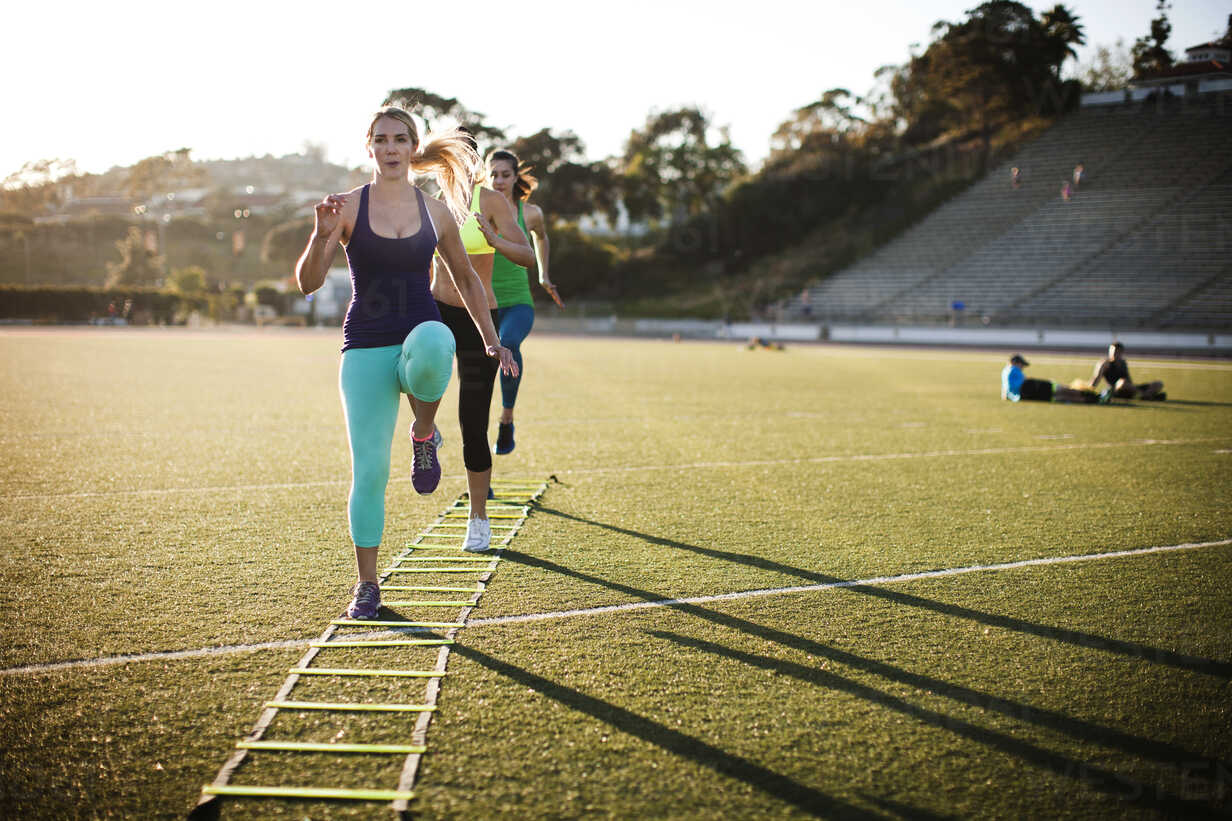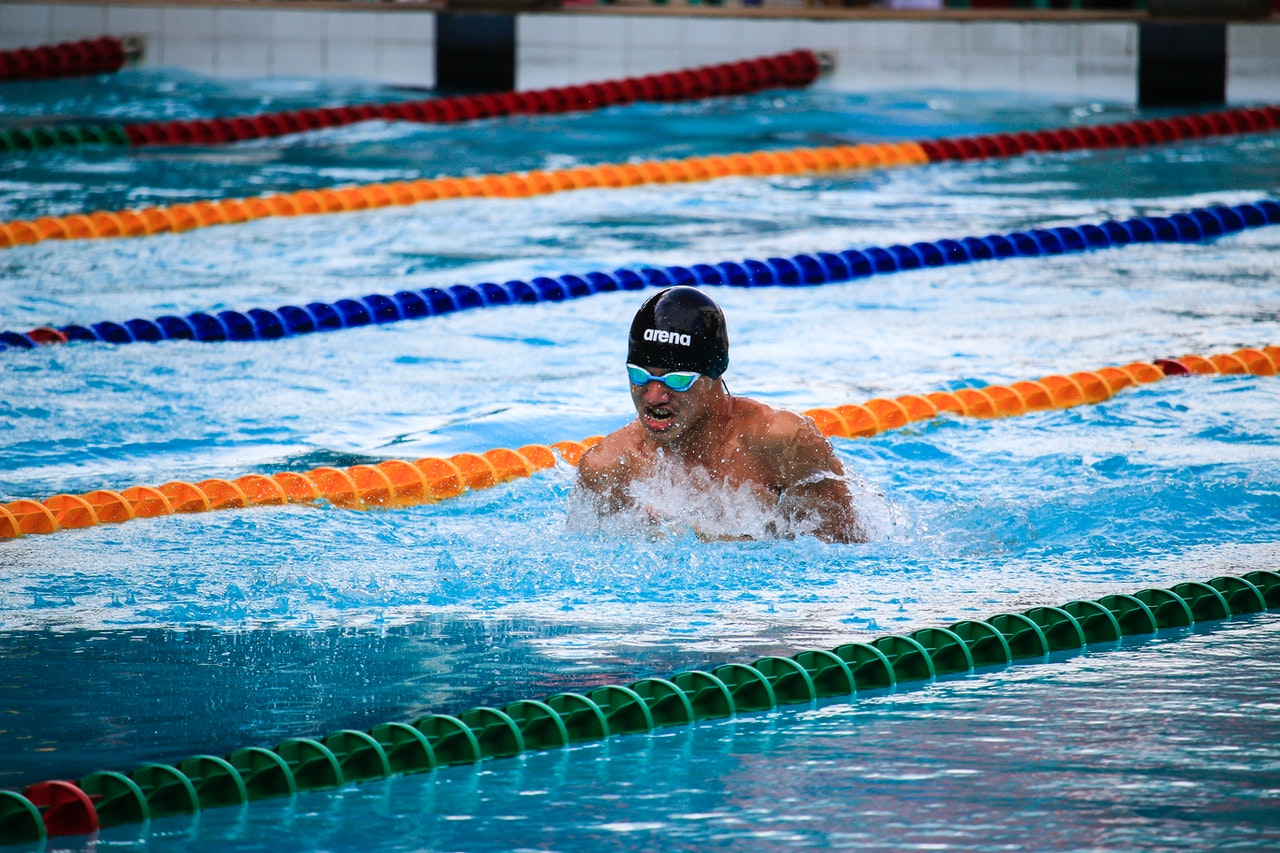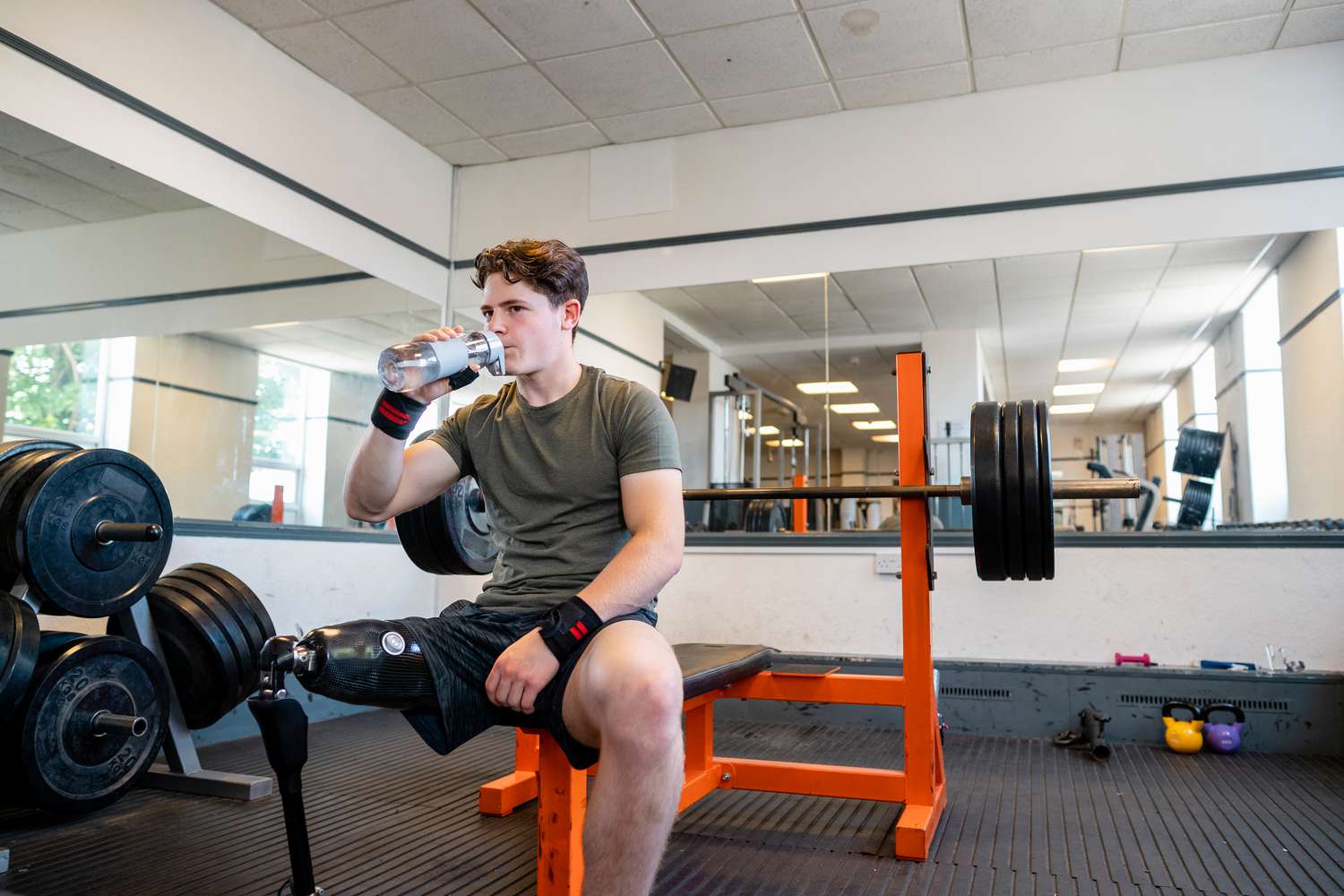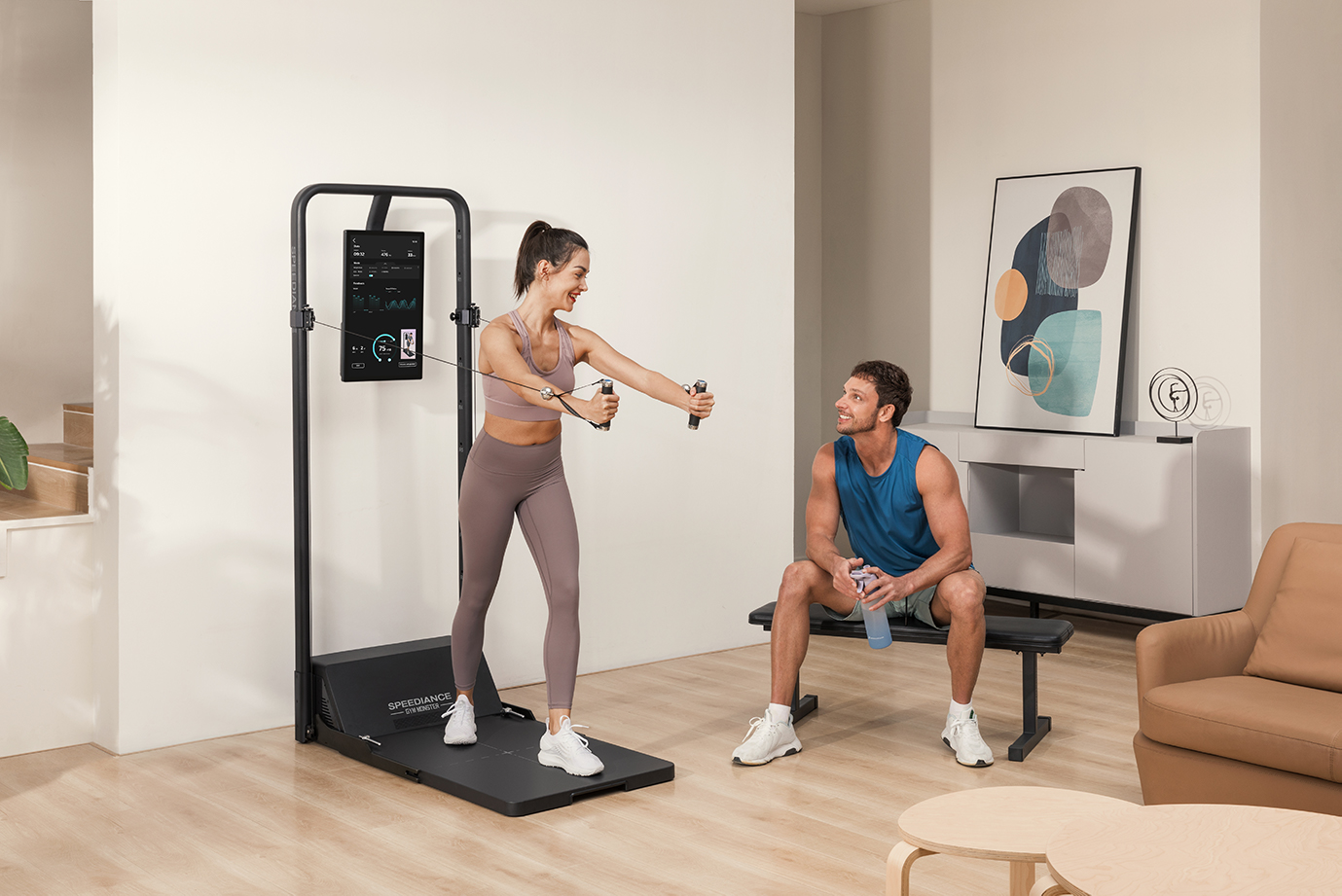Agility training is a fun and rewarding activity for both you and your dog. It enhances your dog’s physical abilities and strengthens your bond. Choosing the right gear is crucial to effectively improve your dog’s skills and performance in agility training. Whether you are just starting out or looking to advance your training, having the best equipment will make a significant difference.
The essential gear for agility training includes jumps, tunnels, and weave poles, which help your dog learn various skills. Using the right tools not only makes training easier but also keeps your dog engaged and motivated. Understanding the fundamentals of agility gear will set the foundation for more advanced techniques and drills that you can implement as your dog becomes more skilled.
As you explore the world of agility training, remember to consider how different equipment can match your dog’s abilities and needs. Optimizing the training environment and having fun along the way will lead to better results and a happier dog.
Key Takeaways
- Selecting the right agility gear is key to effective training.
- Understanding fundamentals helps advance your dog’s skills.
- Keeping training fun fosters a strong bond between you and your dog.
Essential Agility Training Equipment
Choosing the right agility training equipment is crucial for improving your speed, coordination, and overall fitness. Here are some key items that can enhance your agility training sessions.
Agility Ladders
Agility ladders are vital for foot speed and coordination. They come in various styles like the Yes4All Ultimate Agility Ladder and the Spri Roll-Out Agility Ladder. These ladders are designed for durability with sturdy construction to withstand frequent use.
When using an agility ladder, you can perform drills such as high knees, lateral shuffles, and quick steps. These exercises improve your agility by requiring quick foot movement and body control.
You should look for ladders that offer adjustable rungs and are portable for easy setup in different locations. Alphaworx Agility Ladder is another excellent choice, as it features high-visibility colors to help focus on foot placement.
Hurdles and Plyometrics
Hurdles are essential for building explosive strength and agility. They encourage quick take-offs and landings, which are crucial in many sports. Training with hurdles helps improve your stride length and frequency.
Plyometric drills with hurdles can include single-leg hops or quick jumps over multiple hurdles. These workouts enhance your power and overall athletic performance.
Choose hurdles that are adjustable in height to suit your training needs. Look for hurdles made from flexible materials to minimize injury risks while training.
Cones and Markers
Agility cones are versatile tools for setting up training drills. They can be used for various exercises, like zig-zag runs and shuttle runs.
When selecting agility cones, go for options that are visible and durable. Agility cone sets often include multiple colors, allowing you to design varied courses to keep your workouts engaging.
You can set up markers in any formation, helping to improve your change of direction and sprinting speed. Use cones to create obstacle courses that challenge your agility and reaction time.
Jump Ropes and Tire Jumps
Jump ropes are excellent for enhancing foot speed, coordination, and cardiovascular endurance. They help refine your timing and rhythm as you engage in various jumping techniques.
Look for jump ropes that feature adjustable lengths and comfortable handles. They should be easy to use for both beginners and advanced athletes. Incorporating tire jumps into your agility sessions is another effective method.
These jumps build strength in your legs while improving balance. Set up tires in a row for exercises like jump-throughs or lateral hops to develop agility and lower body strength.
Using the right agility training equipment can significantly improve your skills and fitness. Each piece of equipment plays a unique role in your training regimen, helping you reach your performance goals.
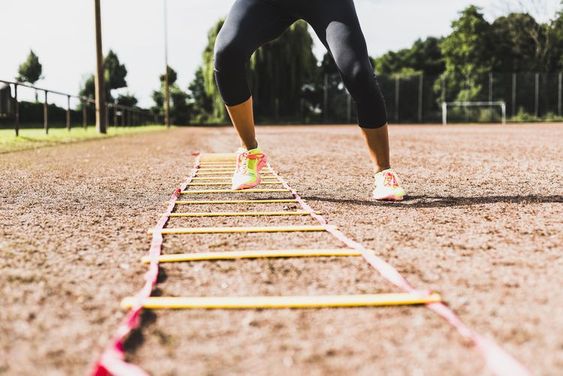
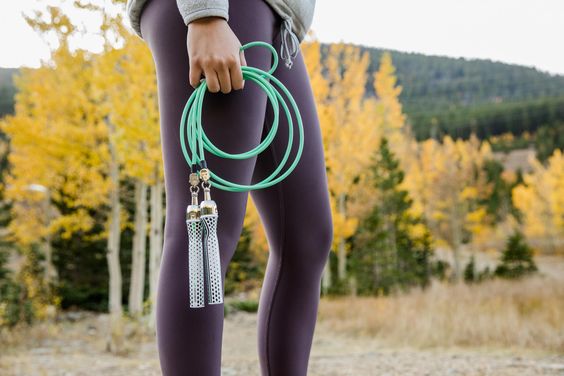
Training Techniques and Drills
Effective agility training combines various techniques and drills to improve footwork, coordination, and cognitive skills. Each drill focuses on different aspects such as speed, quickness, and reaction time, helping you enhance your overall agility.
Agility Ladder Drills
Agility ladder drills are a popular choice for improving footwork and coordination. You can use a speed ladder, a simple piece of equipment that can be set up indoors or outdoors.
Some common drills include:
- One-foot in each rung: Step into each space using one foot at a time.
- Two-feet in each rung: Jump with both feet into each space for added explosiveness.
- Side shuffles: Move laterally along the ladder to improve change of direction.
These exercises enhance your acceleration and reaction time, enabling you to respond quickly during sports or other physical activities. Consistent practice can lead to improved speed and agility in various scenarios.
Speed and Coordination Workouts
Incorporating speed and coordination workouts helps build muscle memory for quick movements. Focus on drills that require different movements, such as:
- Cone sprints: Set up cones at varying distances. Sprint to each cone to practice acceleration and change of direction.
- High knees: Jog in place while lifting your knees high. This improves quickness and agility.
- Shuttle runs: Run between two markers, touching the ground at each marker to enhance explosiveness and speed.
These workouts train your body to move efficiently, allowing you to respond better in dynamic situations.
Cognitive Skill Enhancement
Agility isn’t just about physical movement; it also involves cognitive skills. Training your brain to react quickly is essential. Activities include:
- Reaction ball drills: Use a reaction ball that bounces unpredictably. Catch it to improve hand-eye coordination and reaction time.
- Shadowing drills: Pair up with a partner and mimic their movements. This enhances your ability to read and react to opponents.
- Obstacle courses: Create an obstacle course to navigate quickly. This enhances decision-making while focusing on footwork.
Improving cognitive skills will allow you to make faster decisions during play, increasing your overall agility.
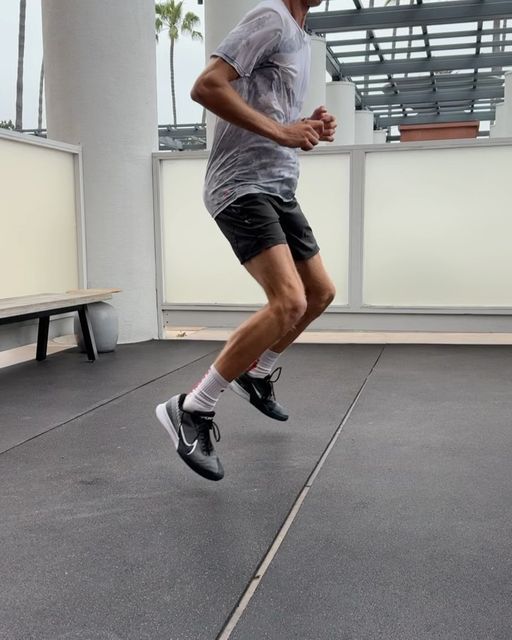
Advancing Abilities: From Basics to Complex Training
To improve your agility skills, you can grow from basic exercises to more complex training routines. This progression enhances your experience in key areas such as endurance, balance, and the ability to navigate obstacles.
Enhancing Endurance and Stamina
Building endurance and stamina is essential for sustaining energy during agility drills. Start with basic activities like jogging or brisk walking for 20-30 minutes. Gradually increase the intensity by incorporating cone drills or short shuttle runs.
Aim for 2-3 sessions per week. Use exercises like ladder drills to keep your heart rate up while improving foot speed. This will enhance your endurance, enabling you to perform longer and more challenging agility workouts.
Improving Balance and Flexibility
Balance and flexibility are crucial for executing agility movements effectively. Incorporate exercises such as single-leg balancing on a Bosu ball or stability trainer. This helps develop stability and control.
In addition, flexibility routines like dynamic stretching before workouts can improve your range of motion. Movements such as leg swings and arm circles help prepare your muscles for action.
Regular practice of yoga or Pilates can also enhance your balance and flexibility, making complex movements easier to execute.
Mastering Complex Obstacle Courses
Once you have a solid foundation, you can tackle complex obstacle courses. Start with simple elements: cones for weaving or low hurdles for jumping.
Progress to combinations that include hopping and lateral movements. For instance, create a course that requires you to sprint, jump over an obstacle, and quickly change direction. This not only adds variety but also challenges your agility levels.
Incorporate timed trials to track your improvement and push your limits. Keep practicing, and soon you’ll navigate complex courses with confidence and ease.
Optimizing Agility Training Through Lifestyle Choices
Your lifestyle choices can greatly impact your agility training. From what you eat to how you recover, each decision influences your performance. Focusing on diet, recovery, and energy management will help you become more agile.
Diet and Nutrition
Good nutrition fuels your body for agility training. Focus on a balanced diet that includes carbohydrates, proteins, and healthy fats. Carbs provide energy for sprinting and agility drills. Whole grains, fruits, and vegetables are great sources.
Protein is essential for muscle repair. Aim for lean meats, beans, and dairy in your meals. Healthy fats, like those from avocados and nuts, support overall health.
Stay hydrated, especially during training sessions at places like Brimhaven Agility Arena and Falador. Monitor your fluid intake, as hydration affects your energy and recovery. This way, you ensure your body is ready for both agility and recovery.
Restoration and Recovery
Recovery plays a key role in your agility training. Incorporating rest days is vital for muscle healing. Plan your sessions so that you have 1-2 days each week dedicated to rest. Use this time to engage in light activities, like walking through Draynor Village or gentle stretching.
Consider techniques like foam rolling and light yoga to help your muscles recover faster. Quality sleep also supports recovery; aim for 7-9 hours each night. This can involve setting a bedtime routine that ensures restful nights. Prioritize relaxation to enhance your performance in agility tasks.
Run Energy Management
Managing your run energy is critical during agility workouts. Knowing how to pace yourself can improve your sprinting ability. Focus on short bursts of speed during drills, then allow yourself to recover properly.
For example, if you are training in Canifis rooftop areas, practice sprinting to your target cone and then jogging back. This builds endurance and mimics actual agility training situations. Use mental cues to manage your energy, ensuring you stay focused during each training session.
Engage in activities like questing to keep agility fun. Mix in challenges that require you to use your agility in game scenarios. This not only keeps training interesting but also improves your practical agility skills.
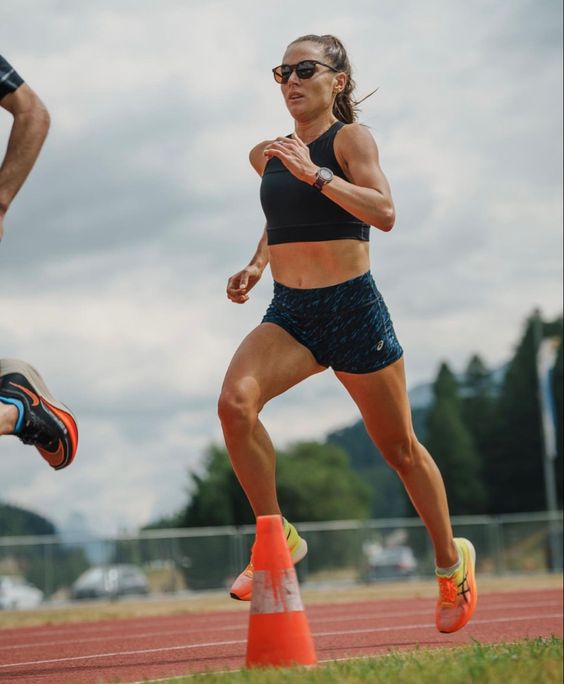
Frequently Asked Questions
This section answers common questions about agility training gear. You will find details on essential equipment, training methods, and more.
What are the essential pieces of equipment for starting agility training in athletes?
For athletes, essential equipment includes agility cones, hurdles, and ladders. These items help improve speed, footwork, and coordination. Resistance bands can also enhance strength and agility when used correctly.
Which types of speed training gear are recommended for football players?
Football players can benefit from speed training gear like sprinting parachutes and weighted vests. These tools add resistance to workouts, helping improve acceleration and speed on the field. Additionally, agility poles can assist with quick directional changes.
How can I create DIY dog agility equipment at home?
You can create DIY dog agility equipment using common household items. For example, use PVC pipes to make jumps or cardboard boxes for weave poles. Hula hoops can also serve as tunnels for your dog to jump through.
What attire is considered most appropriate for agility drills in OSRS?
In Old School RuneScape (OSRS), players typically wear lightweight gear that boosts agility. Items like the Agile outfit or Graceful set reduce weight and improve energy recovery, helping with agility training efficiency.
What is the most effective training method to improve agility in sports?
Ladder drills and cone drills are effective for improving agility in sports. These drills focus on foot speed and coordination. Incorporating plyometric exercises can also boost explosive power and quickness.
Which collar is advised for dogs during agility training sessions?
A soft, adjustable collar is best for dogs during agility training. Harnesses that provide better control without choking are also recommended. The right collar ensures your dog remains comfortable and focused during training sessions.
